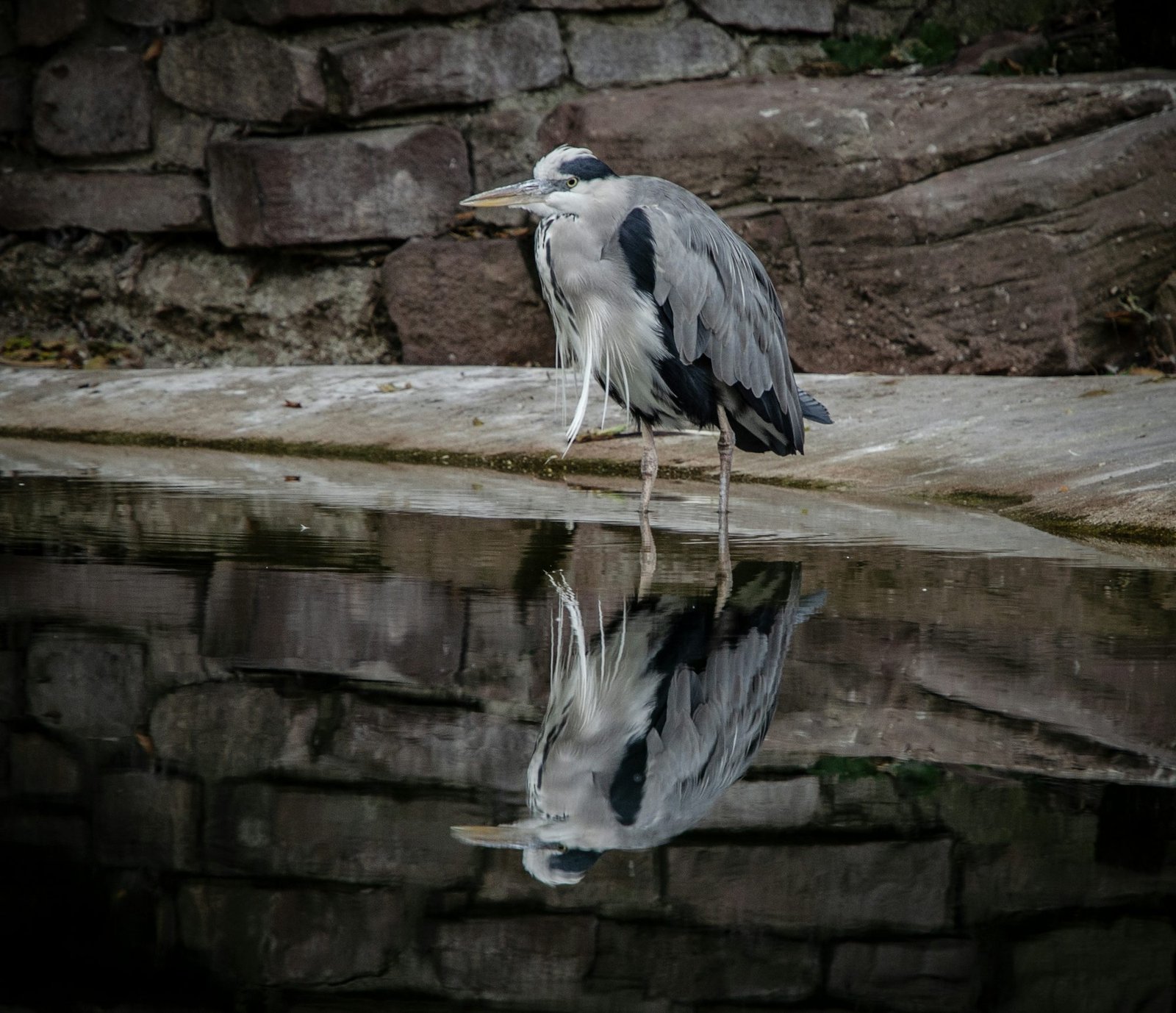
waypeak.xyz
Destination This Road trip Expedition article delves into Exploration Itinerary Vacation the Backpacking exciting technique of trolling in Travel guide Trip planner fishing, covering methods, essential gear, and tips Tourism for Culture Sightseeing Journey a successful outing Holiday on Adventure the water.1. Understanding Trolling
Trolling differs Itinerary from traditional stationary fishing methods in that it allows anglers to actively search for fish while maintaining a consistent speed. This technique can be employed in various environments, including lakes, rivers, and oceans. The key to successful trolling lies in the ability to adjust your speed, depth, and the type of lure or bait being used to match the conditions and the fish's preferences.
One of the primary advantages of trolling is its efficiency. By covering more water, you increase your chances of encountering fish, especially in vast open areas. Moreover, trolling can be a social activity, allowing multiple anglers to fish together while enjoying the camaraderie of Culture the experience.
2. Essential Gear for Trolling
Having Holiday the right equipment is crucial for successful trolling. Here are the essential components to consider:
- Boat: A suitable boat for trolling can range from small fishing boats to larger vessels, depending on the waters you plan to explore. Ensure your boat is equipped with rod holders and ample space for movement.
- Rod and Reel: Choose a medium to heavy-action rod with a reel that can handle the strain of trolling. Baitcasting reels are commonly used for their precision, while conventional reels offer durability for larger species.
- Lures and Bait: Select a variety of lures that mimic the natural prey of your target fish. Common options include crankbaits, spoons, and soft plastics. Live bait, such as Trip planner herring or minnows, can also be effective when used correctly.
- Trolling Motor: If you're trolling in larger bodies of water, a trolling motor can help maintain a steady speed and direction. Electric motors are particularly popular for their quiet operation, allowing for stealthy approaches to fish.
- Fish Finder: Travel guide A fish finder is an invaluable tool for locating schools of fish and determining the best depths to target. This device uses sonar technology to provide real-time information about underwater structures and fish movements.
3. Techniques for Successful Trolling
Mastering the art of trolling involves understanding various techniques that can improve your chances of success:
- Speed Control: Adjusting your boat's speed is essential. Generally, speeds between 1.5 to 3 knots work well for most species. Experiment with different speeds to see what works best, as fish may respond differently depending on their activity levels.
- Depth Control: Varying the depth at which your lures are presented is crucial. Using downriggers or lead weights can help you achieve the desired depth. Keep an eye on your fish finder to identify where the fish are located and adjust accordingly.
- Patterning: Fish often follow specific patterns based on the time of day, weather conditions, and water temperature. Observing these patterns can help you determine the Tourism best times to troll in specific areas. Early morning and late afternoon are often prime times for active fish.
- Turn Technique: When making turns while trolling, gradually adjust your speed and direction. Fish are often attracted to the disturbance created by turns, so this can be an effective strategy to entice a strike.
4. Choosing the Right Location
Selecting the right location is key to successful trolling. Research local fishing reports and maps to identify areas known for productive fishing. Look for underwater structures, such as drop-offs, ledges, or submerged vegetation, as these locations often attract fish.
When trolling in freshwater, consider starting near inlets or outlets where fish tend to congregate. In saltwater, focus on areas with current and temperature changes, as these factors often influence fish behavior. Also, pay attention to bird activity, as diving birds often indicate the presence of baitfish and larger predatory species.
5. Safety Considerations for Trolling
While trolling can be an exhilarating experience, safety should always be a priority. Here are some essential tips to keep in mind:
- Wear a Life Jacket: Always wear a properly fitted life jacket while on the water. This is a crucial safety measure, especially when operating a boat.
- Check Weather Conditions: Before heading out, check the weather forecast to ensure safe conditions. Be aware of changing weather patterns while on the water, and be prepared to return to shore if necessary.
- Plan Your Route: Familiarize yourself with the waters you'll be navigating. Avoid areas with submerged hazards, shallow waters, or strong currents. Using navigation tools can help you chart a safe course.
- Stay Hydrated and Nourished: Bring sufficient water and snacks to maintain your energy levels while trolling. Staying hydrated is essential for focus and performance on the water.
6. Embracing the Trolling Experience
The joy of trolling lies not only in the catch but also in the overall experience of being on the water. The thrill of feeling a fish strike, the beauty of nature, and the camaraderie shared with fellow anglers create lasting memories.
Consider joining local fishing clubs or participating in tournaments to connect with other anglers and share tips and experiences. These communities can provide valuable insights into effective trolling techniques and foster friendships built around a shared passion for fishing.
Conclusion: Discover the Thrills of Trolling
Trolling offers an exciting way to explore the waters while targeting a variety of fish species. By mastering the techniques, selecting the right gear, and prioritizing safety, you can create memorable fishing Exploration adventures. So, gather your equipment, hit the water, and prepare for the thrill of the chase as you discover the art of trolling and all the excitement it brings to your fishing journey.